Similar object at the Musée d'Orsay in Paris.
Emile Reiner 1826-1893
Not content with obtaining occasional assistance from renowned artists, the most important French civil goldsmith manufacturer of the second half of the 19th century, Christofle & Cie, secured the services of the architect and theoretician Emile Reiber. Appointed head of the drawing and composition workshop in 1865, he enabled the firm to develop in the 1870s, in addition to its current production of tableware, a production of essentially Japanese-inspired work that was completely original. Christofle then became a goldsmith of polychrome bronze. After hesitating "for some time, using in turn the Indian palmette, the Persian carnation, the Egyptian lotus and the Chinese peony" (Burty, Les Emaux cloisonnés anciens, et modernes, 1868), Reiber showed himself to be one of the most fervent followers of Japonism. In the colorful models he composed for Christofle, he appropriated Far Eastern decorations and techniques, renewing the art of the table and furniture. The discovery of Japanese (or Chinese) bronzes was the source of these attempts which tended in particular to equal the alloys and inlays practiced in Japan by calling on industrial progress. The research into polychromy resulted in a whole collection of decorative pieces, particularly noted at the Universal Exhibitions in Vienna in 1873 and in Paris in 1878. This planter with quince flowers - from a series with the same decoration which also includes candelabras, oil lamps, fruit bowls and fruit bowls - bears witness to the success of these "bronzes inlaid with polychrome reliefs", produced in various colours, with a black or red background.


















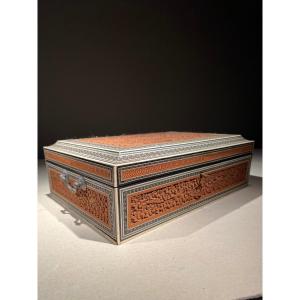
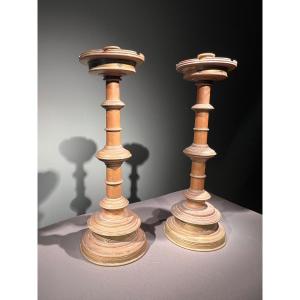
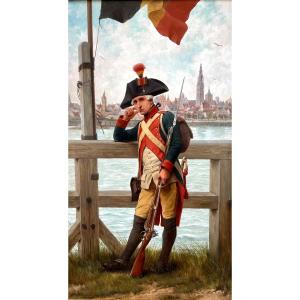
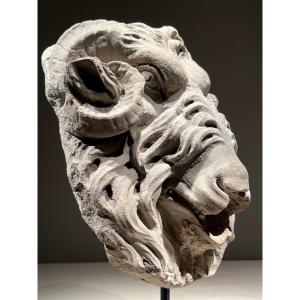

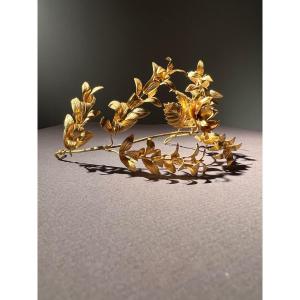





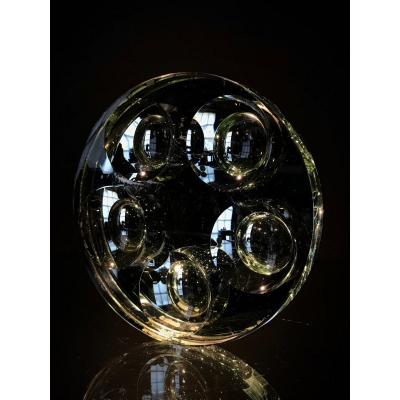



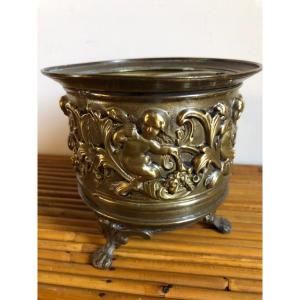

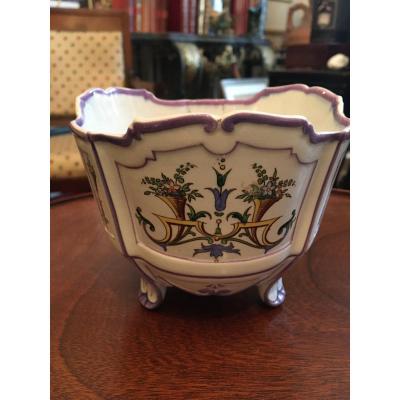
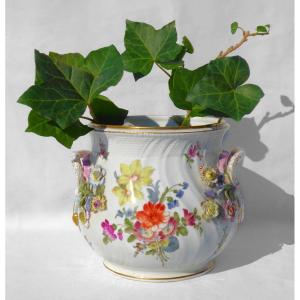



 Le Magazine de PROANTIC
Le Magazine de PROANTIC TRÉSORS Magazine
TRÉSORS Magazine Rivista Artiquariato
Rivista Artiquariato